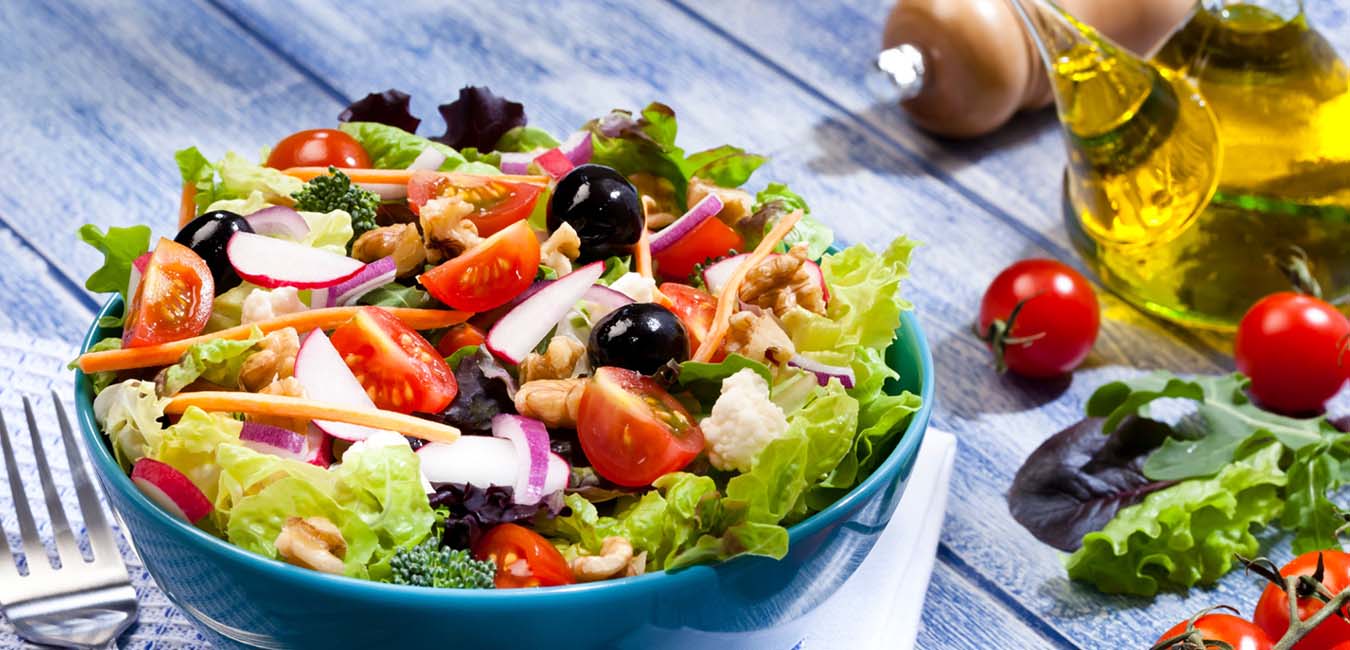If you have high blood pressure, you may be familiar with the DASH diet. DASH stands for Dietary Approaches to Stop Hypertension. This plant-based eating pattern was designed to bring down harmful blood pressure levels and it is very effective.
Research has shown that the DASH diet greatly lowers blood pressure, compared to the typical American diet, even when the two diets have the same amount of salt in them. (High amounts of salt in the diet raise the risk for high blood pressure.)
But new research shows another big benefit from eating the DASH way: lower inflammation. According to the study, published in the Journal of the American College of Cardiology, people on the DASH diet lowered their levels of an important marker of inflammation, called C-reactive protein, by 13%. (You can learn about testing your levels of this measure here.)
That’s important because inflammation can harm your heart. It irritates your blood vessels and promotes the buildup of plaque in artery walls. Sometimes the plaque breaks open, causing the body to send out chemicals and white blood cells to attack this harmful material and seal it off with a clot of blood. If the blood clot is large, it may block the artery completely and cause a heart attack or stroke.
Calming inflammation and lowering blood pressure aren’t the only things the DASH diet can do for your heart. This eating pattern can lower levels of “bad” LDL cholesterol, another risk factor for heart attacks and strokes.
And the new study showed that eating the DASH diet while also lowering salt in the diet reduced an enzyme called hs-cTnI, a measure of damage to the heart, by 23%. This measure is high when you have had a heart attack and other heart problems.
The diet also lowered a hormone called NT-proBNP, which measures pressure inside the heart, by 23%. Significant elevations in this measure indicates heart failure and other problems.
What is the DASH diet exactly? It calls for:
- About 4-6 servings a day of fruits.
- About 4-6 servings of vegetables.
- 6-12 servings of grains a day, depending on the number of calories you eat in a day. Whole grains are best.
- About 3-6 ounces of lean meats, fish, or poultry a day.
- 3-5 servings a week of nuts, legumes, or seeds.
- Small quantities of fats, such as soft margarine, vegetable oil (canola, corn, olive, safflower), low-fat mayonnaise, and light salad dressing.
- No more than 3 servings of “sweets” a week (including fruit-flavored gelatin, fruit punch, hard candy, jelly, maple syrup, sorbet and ices, and sugar).
The DASH diet is pretty easy to get the hang of and it gives you lots of flexibility. It doesn’t require foods that aren’t available in your local grocery store. Plus it’s filling and nutritious in other ways besides heart health.
A diet that has all that going for it is at least worth a try—especially if you want to get and keep your ticker in its best shape!

